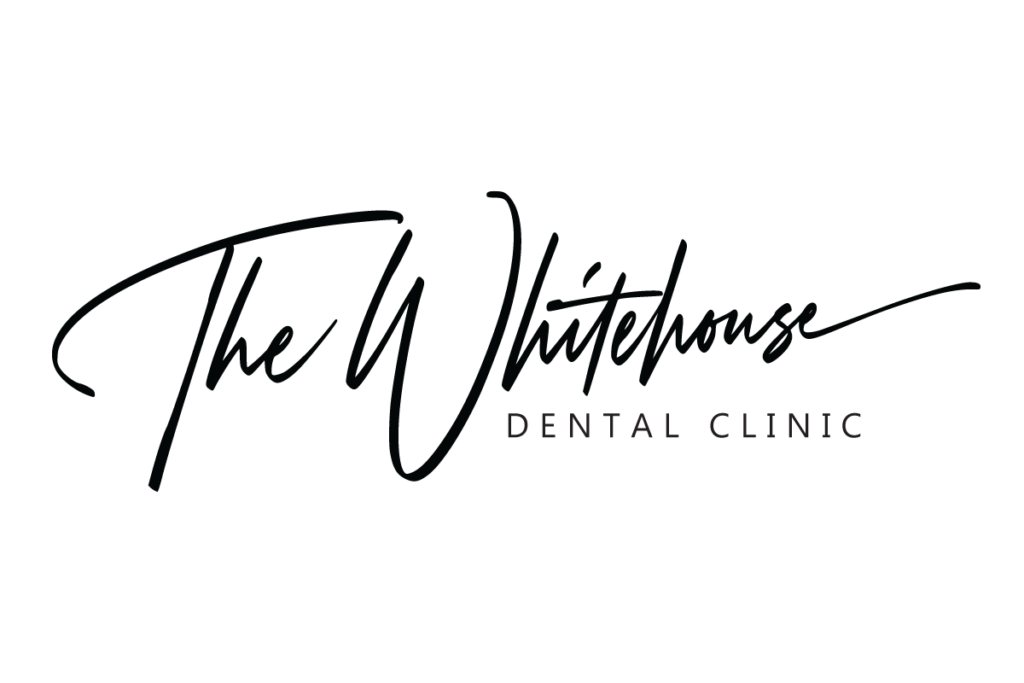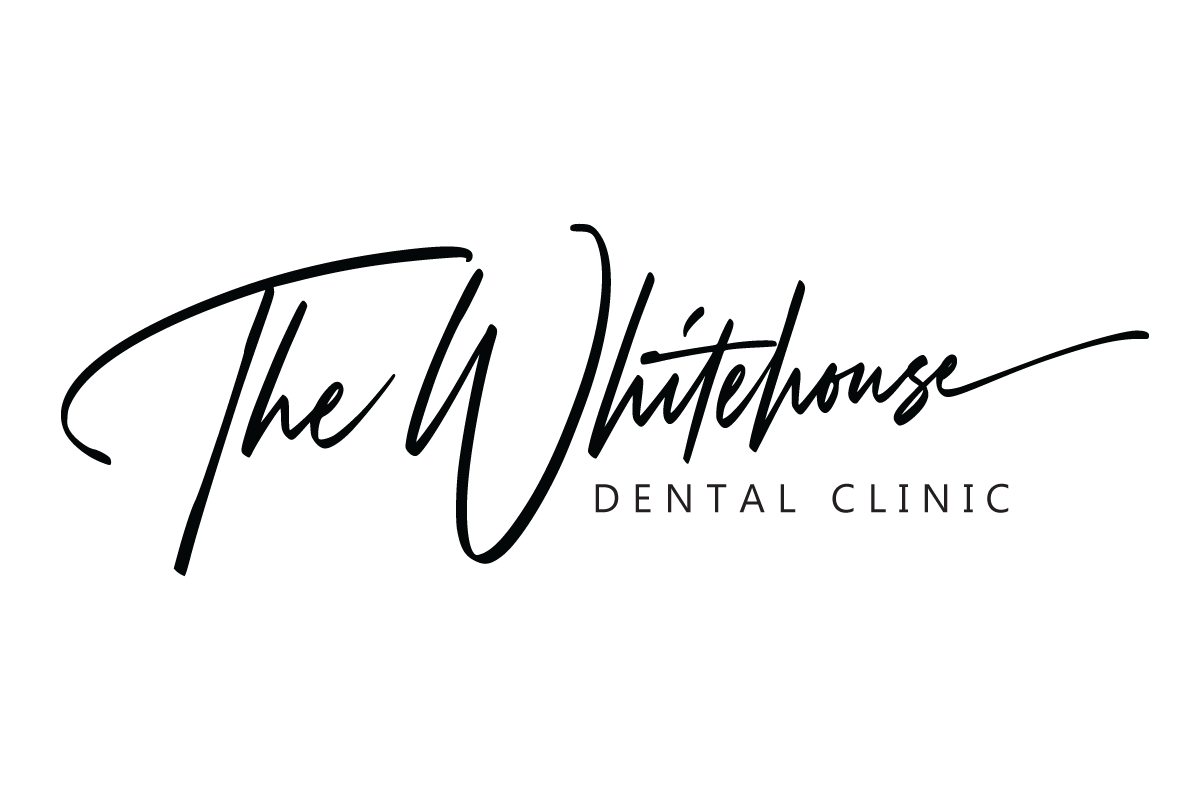- Market Square Castleblayney Co Monaghan
Is Composite bonding a Good Option for my Teeth
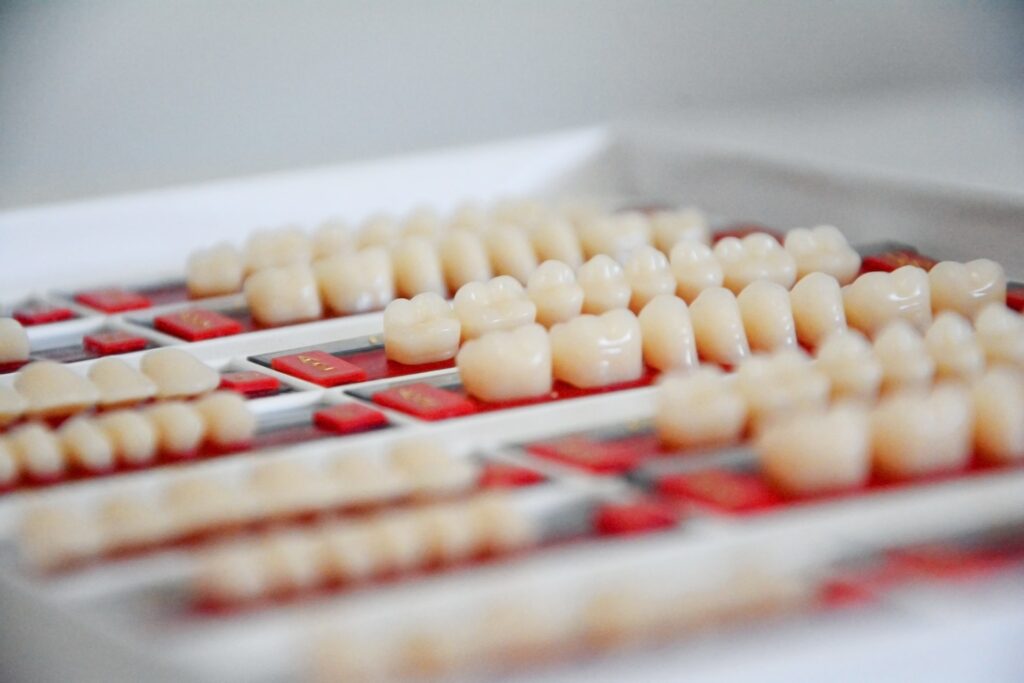
What Is Composite Bonding?
Composite bonding, also known as dental bonding, is a pretty popular procedure in cosmetic dentistry. In this treatment, your dentist at The White House Dental Clinic adds a tooth-colored resin to your tooth to enhance its appearance. The procedure is one of the simpler ones in cosmetic dentistry. It is painless, non-invasive, and can be completed in a single seating. Furthermore, no anesthesia is involved and the natural tooth structure is preserved since no drilling is involved.
Why Is Composite Used For Dental Bonding?
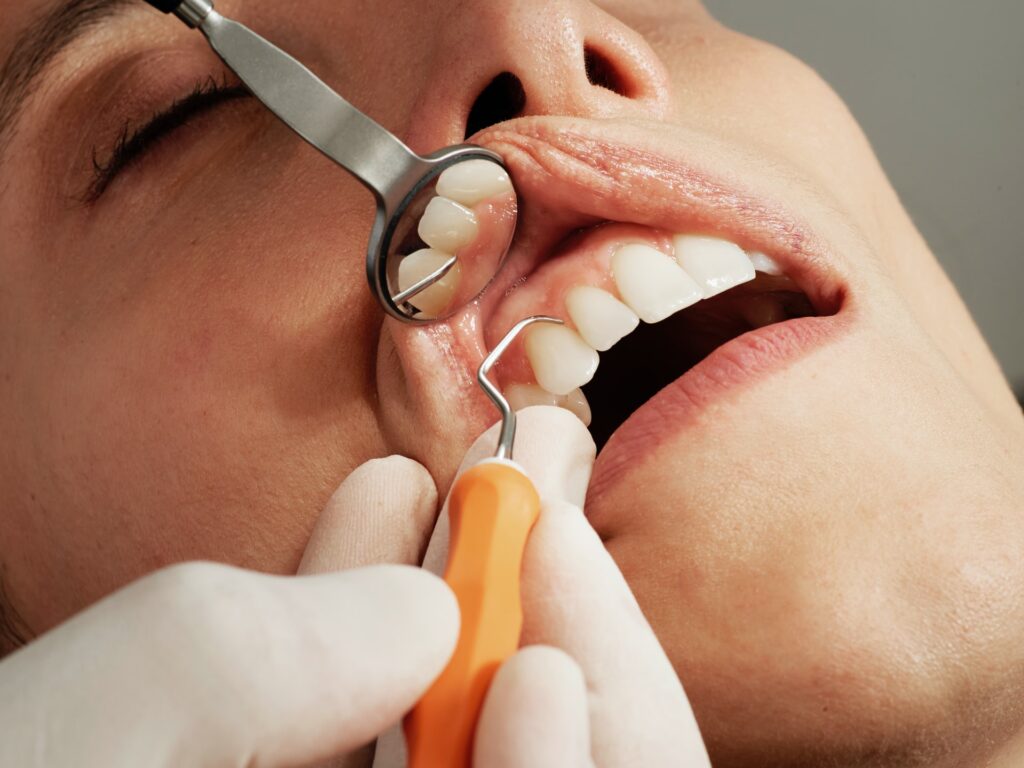
One of the primary reasons why composite is essential for dental bonding is because it can match the shade of the patient’s tooth. Furthermore, the resin is highly moldable, allowing the dentist to shape it however they want. Other reasons include that there is no tedious preparation that needs to be done to bond the composite to the tooth. This makes the entire procedure painless and fuss-free. Patients can walk in with an appointment and walk out with more aesthetic-looking teeth.
Who Can Get Composite Bonding?
Composite bonding is for you if you have –
- Chipped or cracked tooth
- Gaps between your teeth
- Discolored teeth
- Misshapen or uneven teeth
- Decayed tooth
Your dentist at The White House Dental will examine your oral cavity and decide if you’re a good candidate for dental bonding.
Who Can Get Composite Bonding?
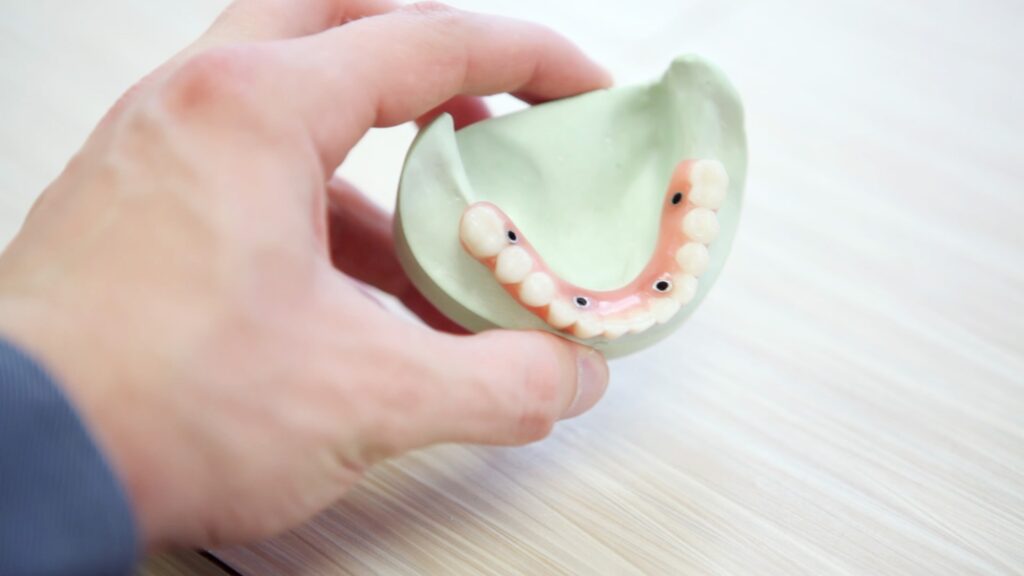
Like any cosmetic dentistry procedure, composite bonding is great for a lot of reasons.
Composite Bonding Covers Discoloration
Having stains on our teeth is not something we’re proud of. Stains can be extrinsic (on the surface of teeth) or intrinsic (inside the tooth surface). While extrinsic stains can be taken care of with a combination of professional cleaning and teeth whitening, intrinsic ones can be tricky. Intrinsic stains or discoloration can be caused due to injury, fluorosis, certain medication, etc. Composite bonding can be done to mask the stains on the teeth.
Composite Bonding Takes Care Of Damaged Teeth
Whether it’s a chip or crack in your tooth, gaps between your teeth, or surface decay – all of them can be taken care of by dental bonding. Your dentist at The White House Dental Clinic will add the composite resin and shape it accordingly to fix a chip or break. Similarly, an additional composite is added to cover up the gap between teeth. In a carious tooth, the decayed part is removed and replaced with composite material. The resin is set with UV light which allows the material to harden.
Composite Alters The Shape Of Teeth
Similar to how your dentist will fix damaged teeth, composite material is used to shape teeth that are uneven or simply misshapen. This makes your teeth look more even, and hence, more aesthetic.
Composite Bonding Enhances Smiles
All of the uses of composite lead to one conclusion – the material is fantastic at enhancing a person’s smile. Minor issues can be fixed and the moldability of the material allows your dentist to do detailed work. Furthermore, it is a pretty durable option, with the bonding lasting up to at least 7 years.
Is Composite Bonding Safe And Permanent?
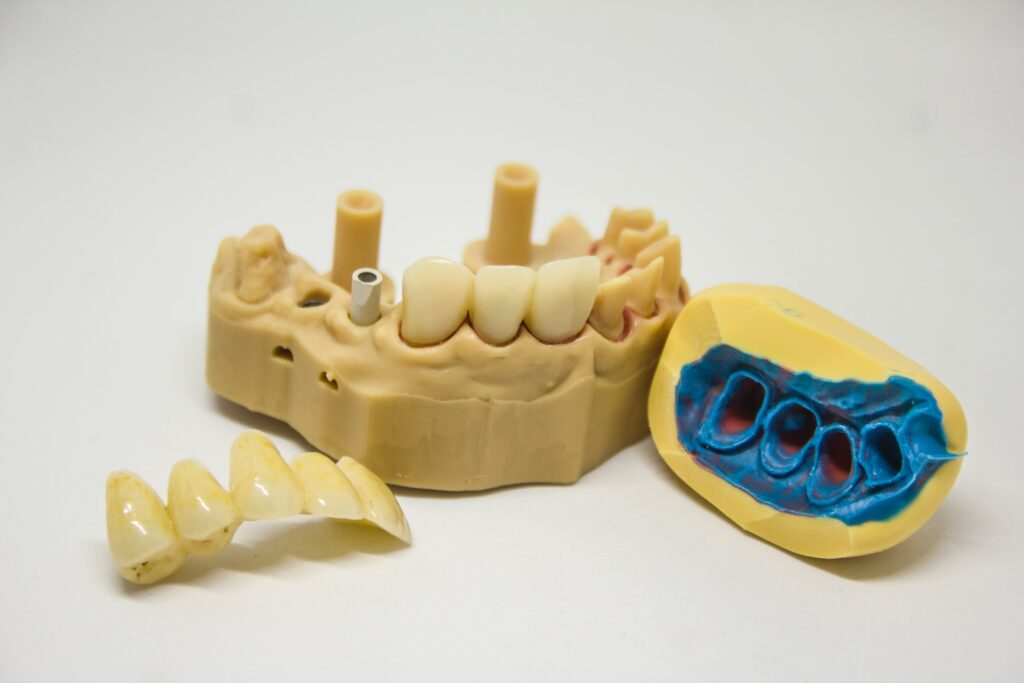
Composite bonding is a pretty safe and straightforward procedure. Patients can walk in and out of an appointment in perfect condition since no anesthesia is involved. Furthermore, unlike most other cosmetic dentistry procedures, composite bonding isn’t permanent since the natural tooth shape isn’t altered. The surface of the tooth in question is simply roughened and a liquid is applied to help the bonding material stick to the tooth. The bonding material is then adjusted and shaped to the desired shape. Finally, it is set using laser or ultraviolet light. And since the bonding lasts up to 7 years with proper care, it can be replaced afterward.
Can Dental Composite Bonding Cover Severe Fluorosis?
Fluorosis is a disease that results from the deposition of fluorides in the hard and soft tissues of the body. A public health problem, fluorosis is caused by the excess intake of fluorides via food products, drinking water, and industrial pollutants over an extended period. The dental manifestations of fluorosis can be either
- Tiny white streaks or specks on the teeth that may be unnoticeable
- Dark brown stains along with rough and pitted enamel that is difficult to clean.
Based on your dentist’s assessment, they could opt to cover the stains with composite bonding. Or they could recommend getting veneers.
How Do I Care For My Teeth After Composite Bonding Treatment?
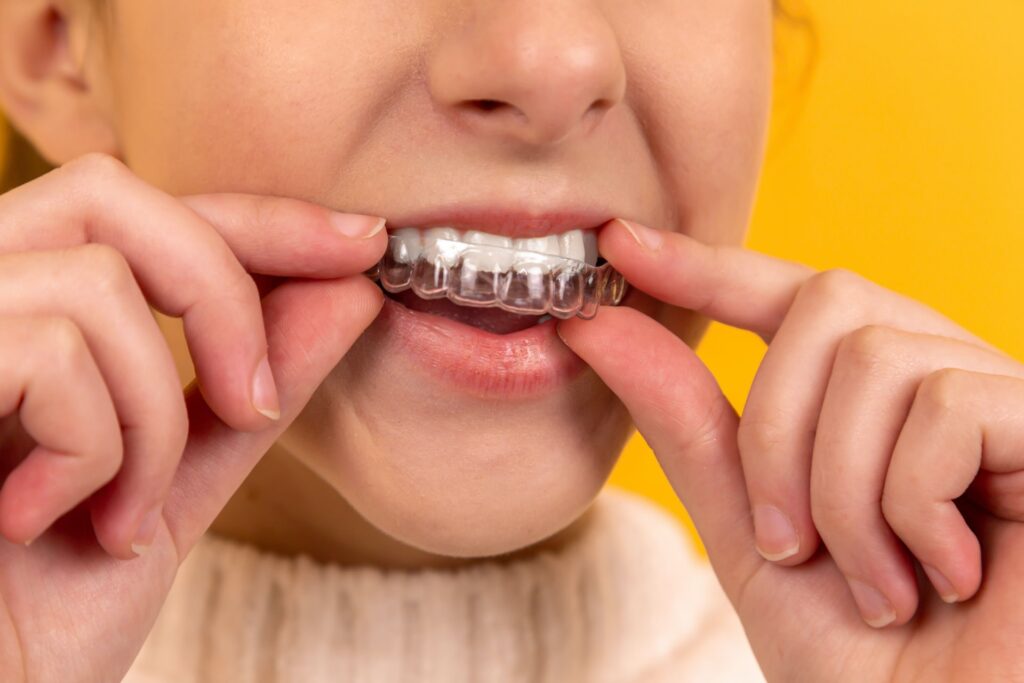
Caring for your bonded teeth involves basic oral hygiene and good oral practices. The following steps help prolong the life of your composite restoration such as
- Brushing your teeth with a soft brush in the morning and evening every day.
- Flossing at least once in the entire day.
- Avoiding hard foods, particularly hard candy.
- Avoiding foods and drinks that can stain your teeth, like coffee, tea, red wine, etc.
- Avoid and skip smoking altogether.
- Avoiding biting your nails.
- Visiting your dentist regularly to get assessed and get professional cleanings done.
The reason you’re asked to avoid hard foods and biting your nails is because it can cause the composite work to chip and break. Colored foods and drinks should be skipped for a few days after the procedure as they can stain the composite restoration. The same goes for smoking – it can cause ugly discoloration of your brand new teeth. Dr. Elese Pottie is a DDS who believes in the highest standard of patient care. With years of expertise, she understands that cosmetic concerns are a grave one. She is dedicated to ensuring that her patients leave the office happy with their treatment. Her mantra? “Making the world a better place one smile at a time.” If you’re interested in finding out more about composite bonding and what it entails, get in touch with The White House Dental Clinic at (042) 975-4833. You could also schedule an appointment by filling out this patient form.
